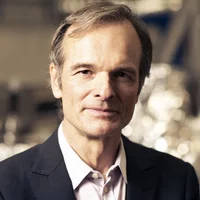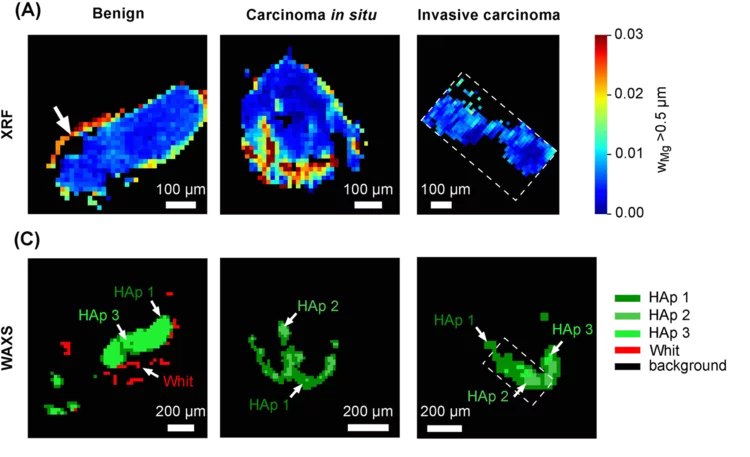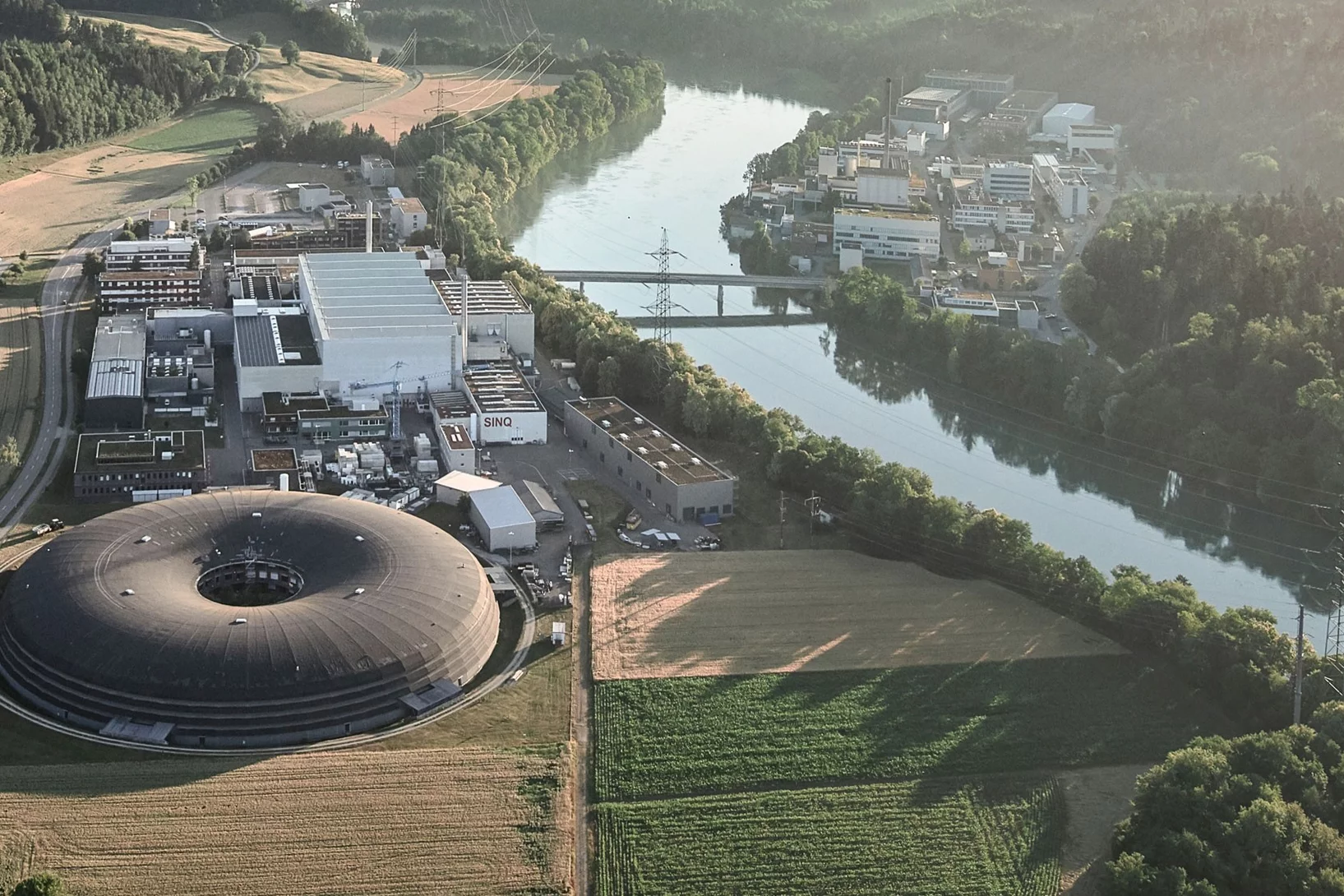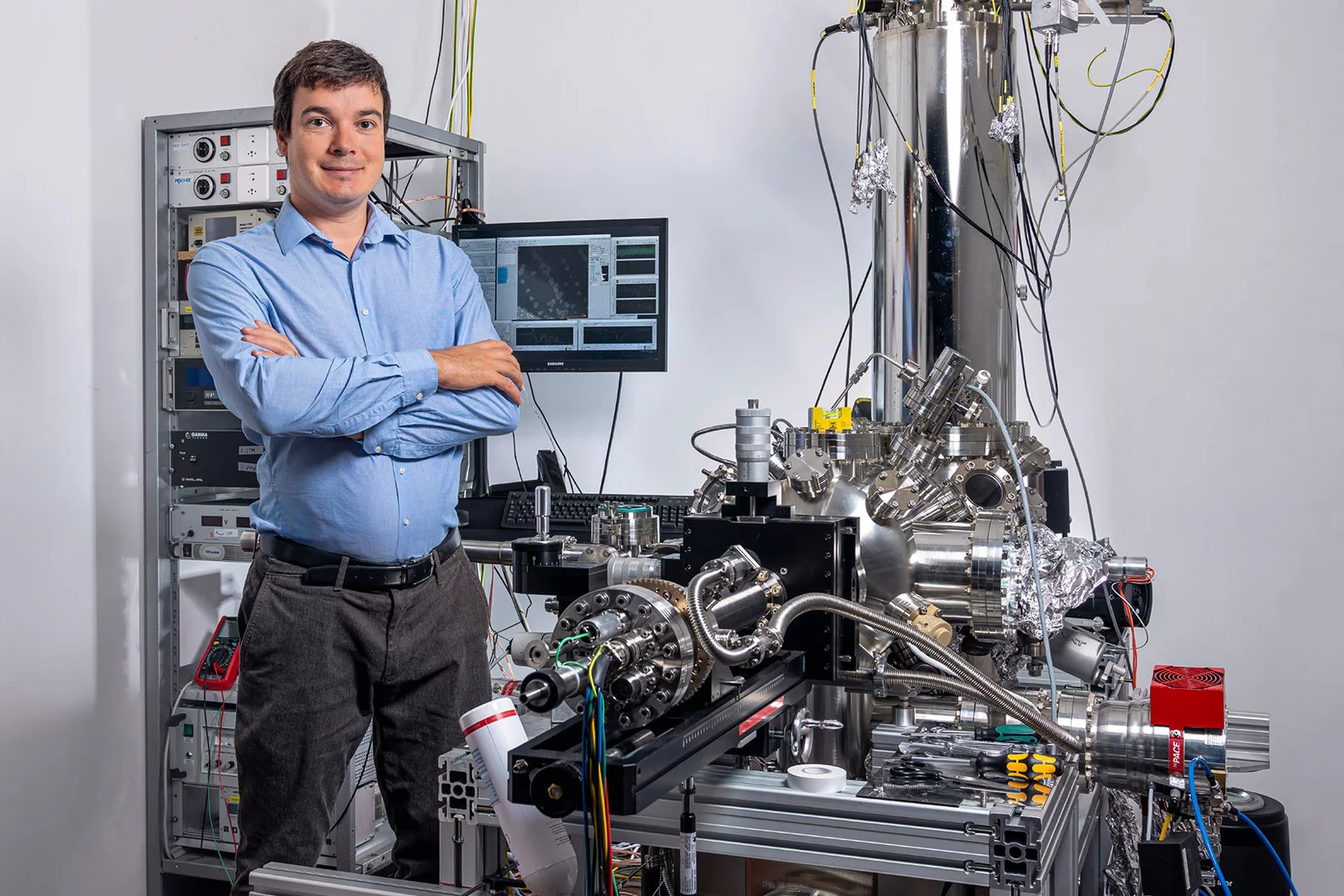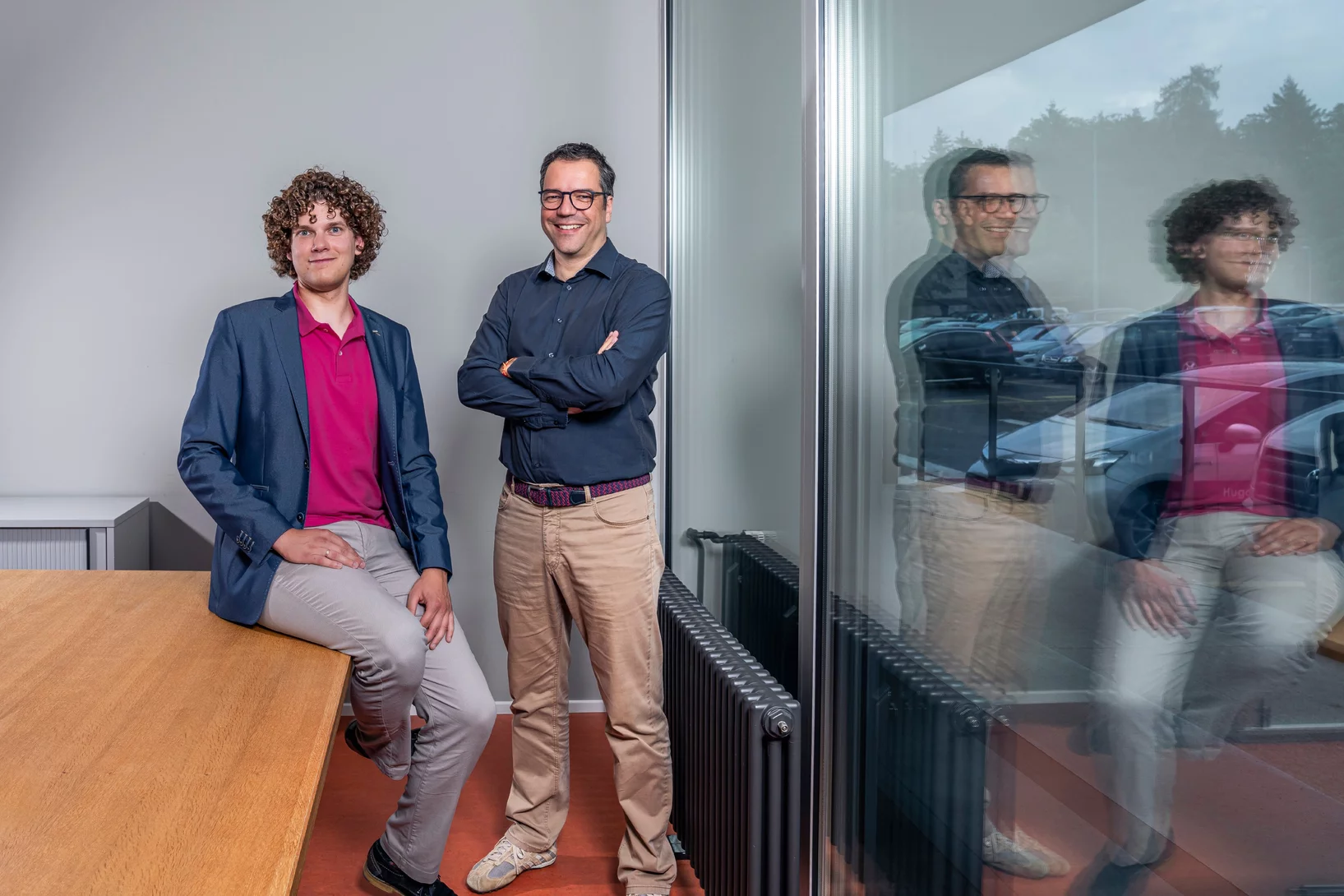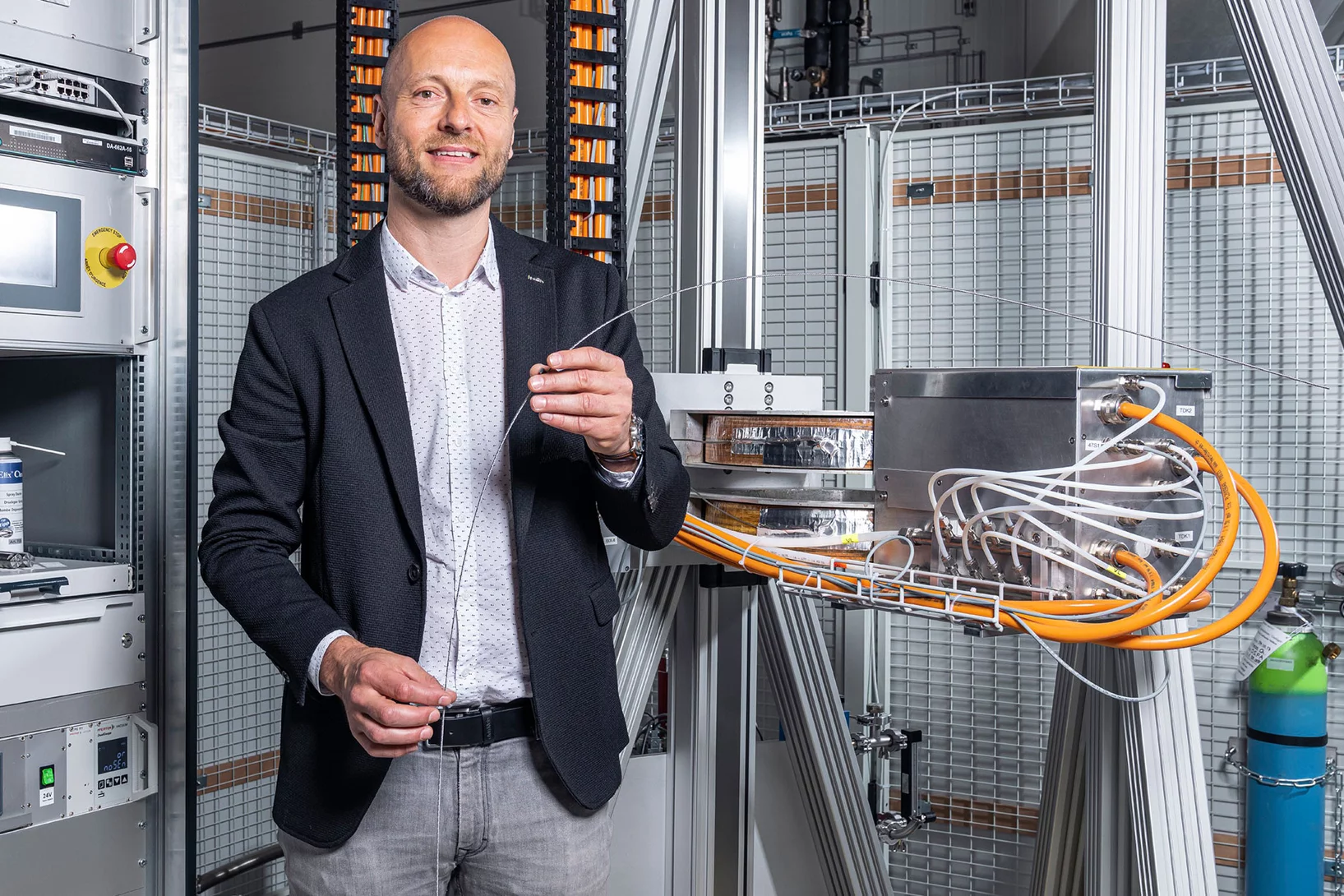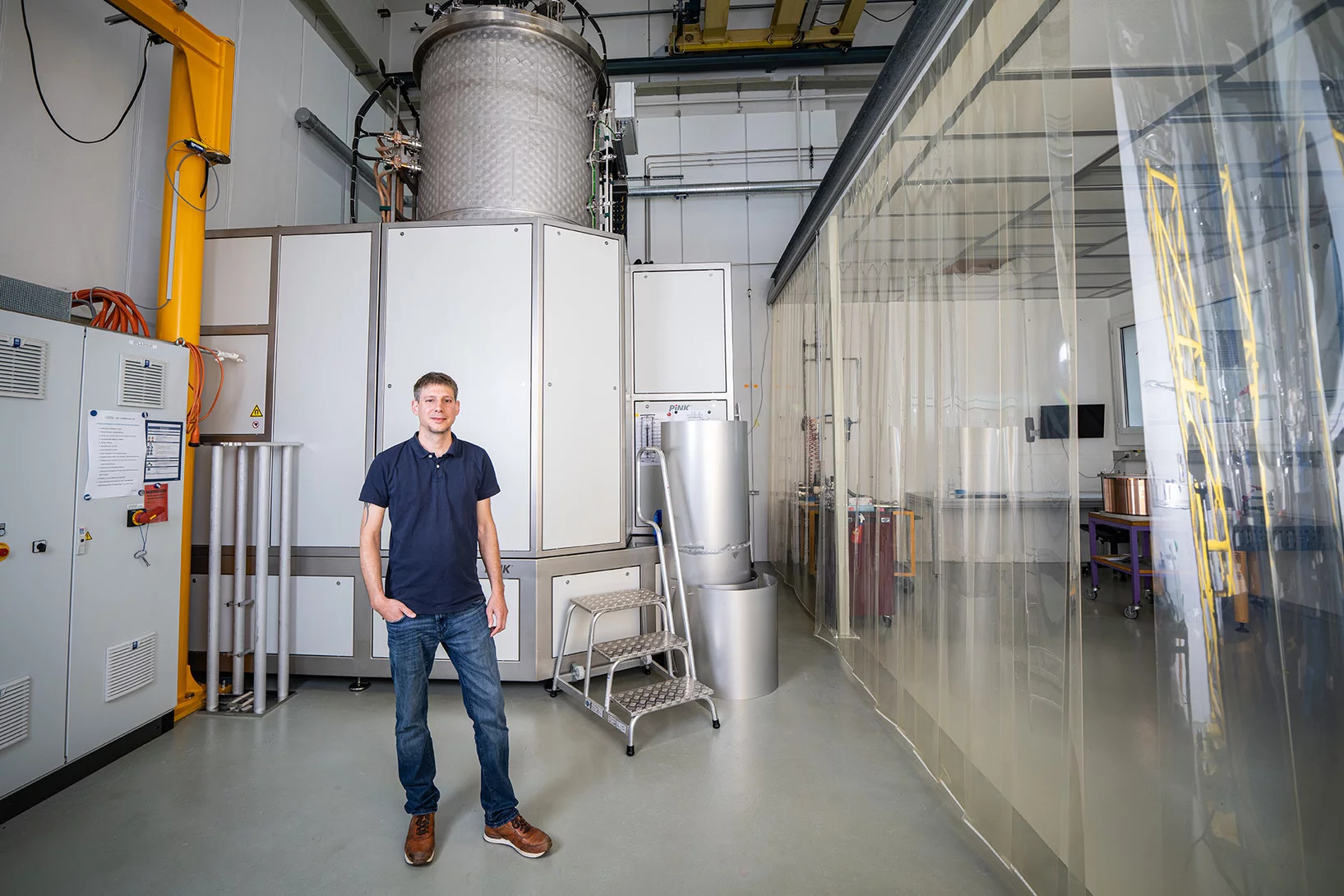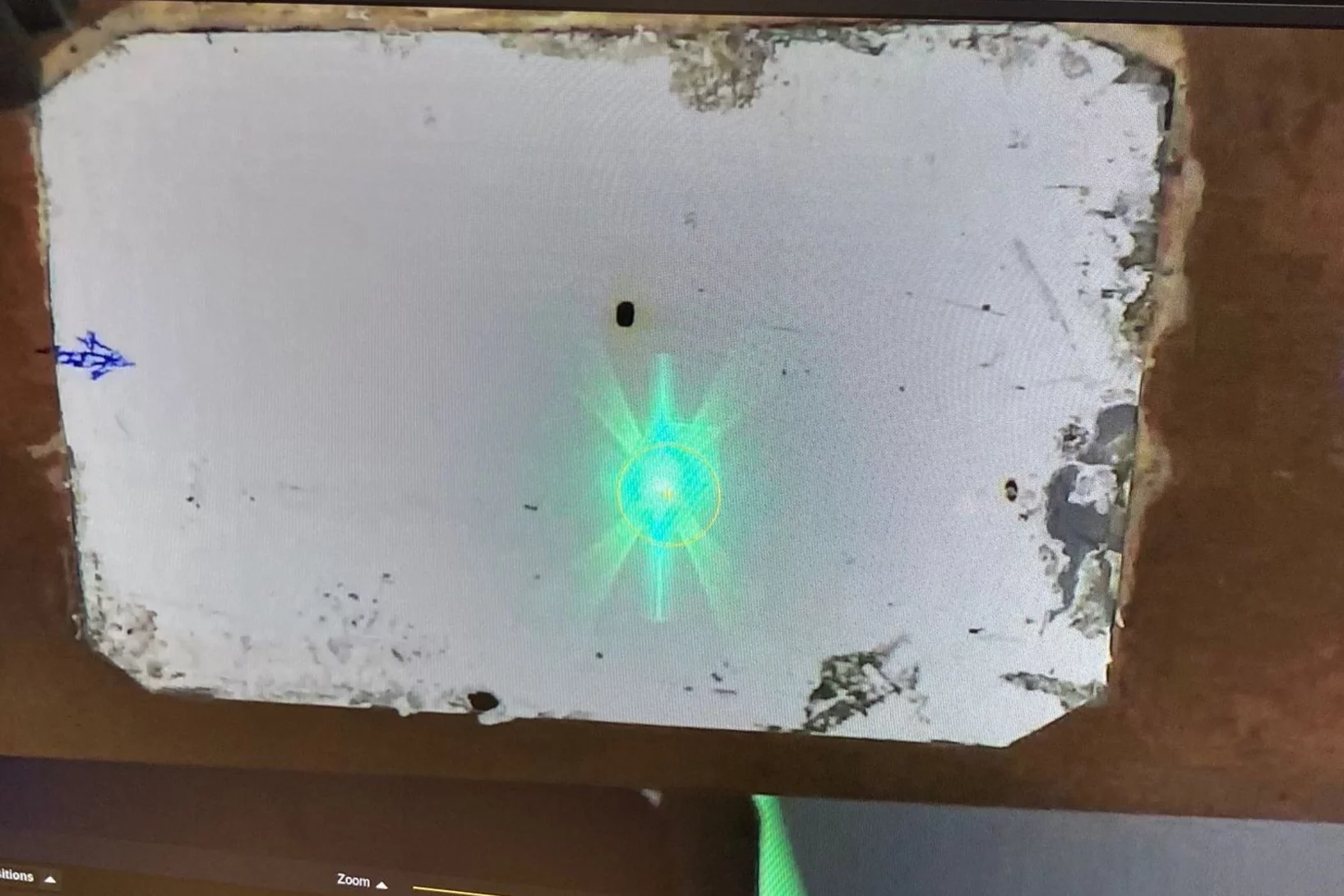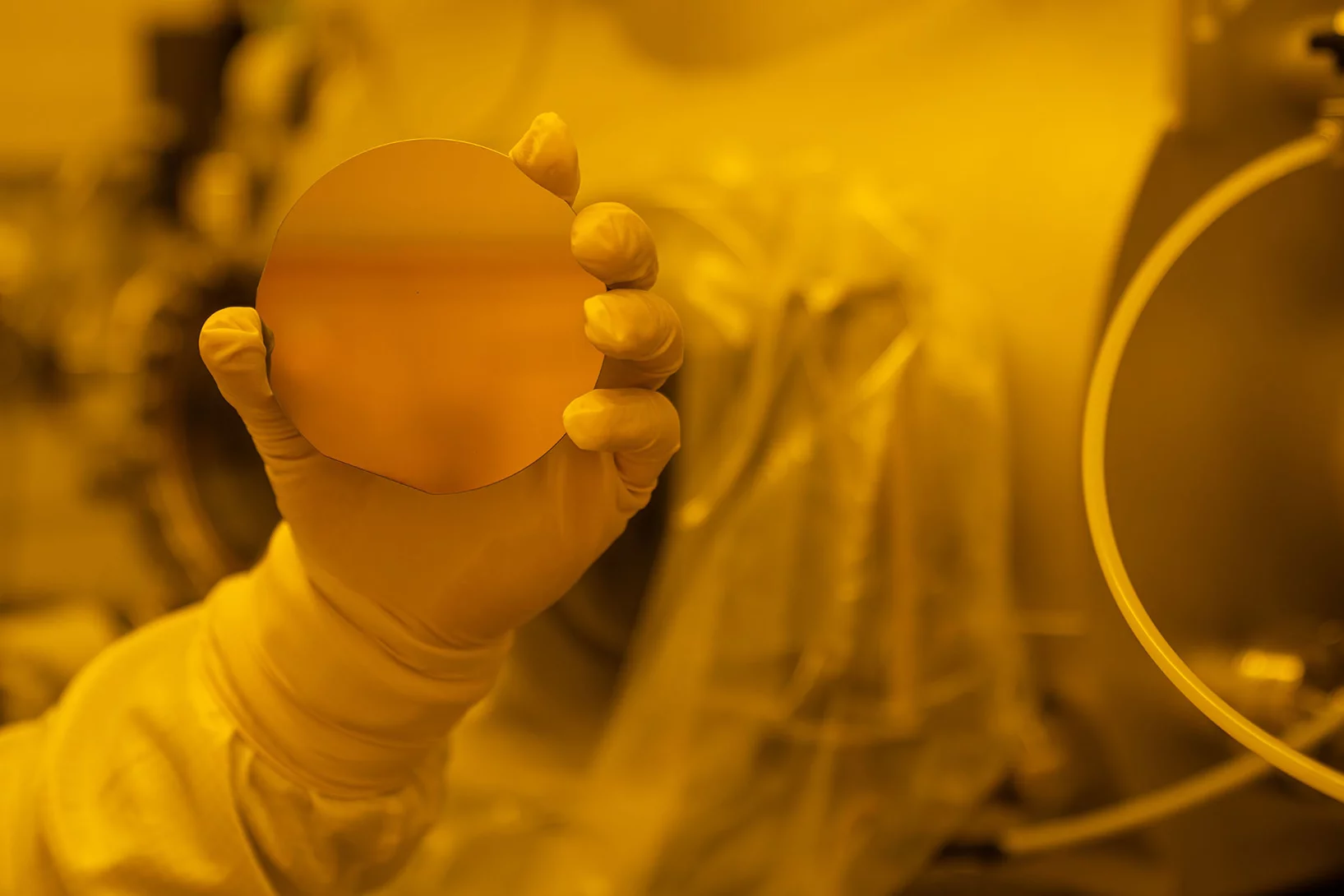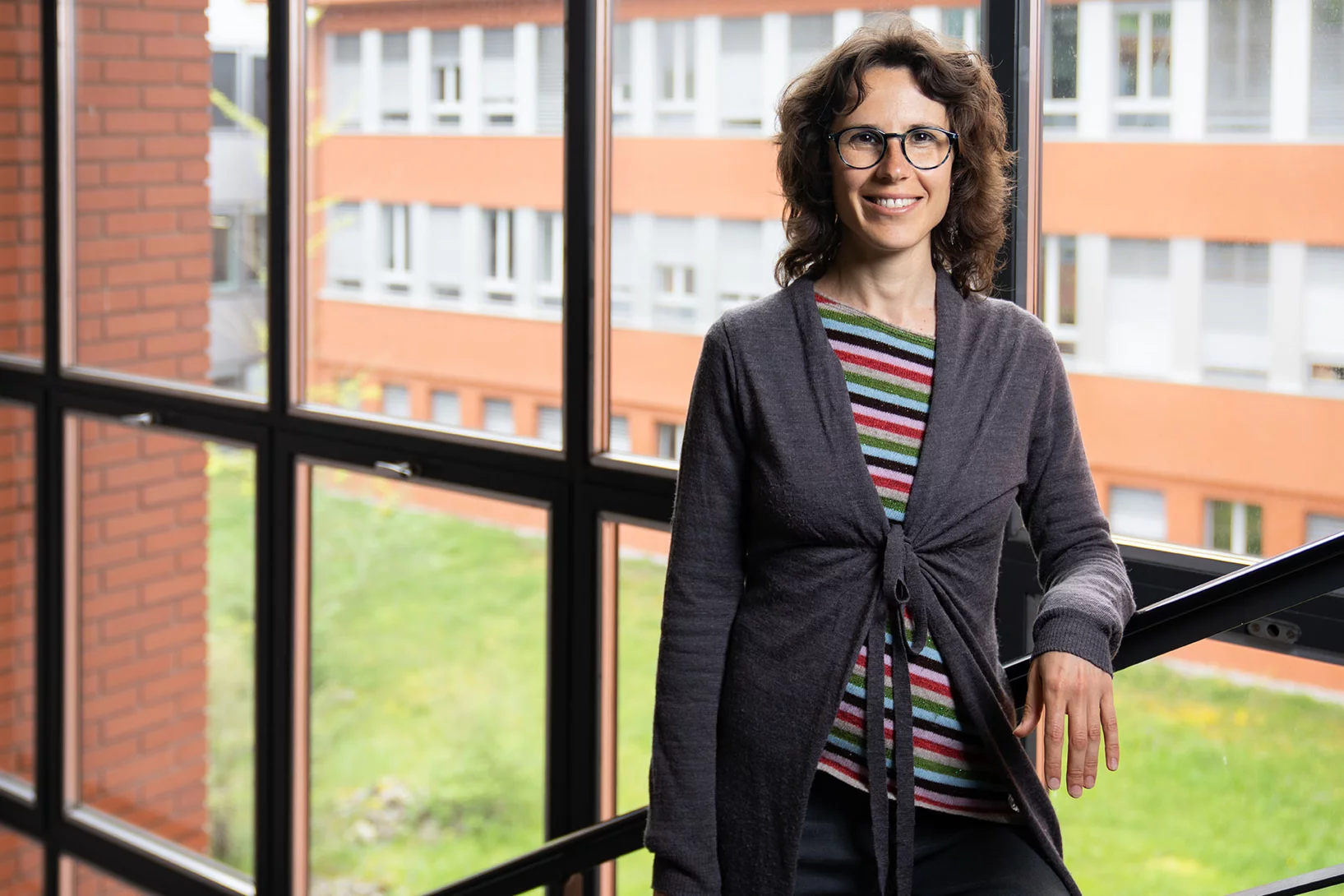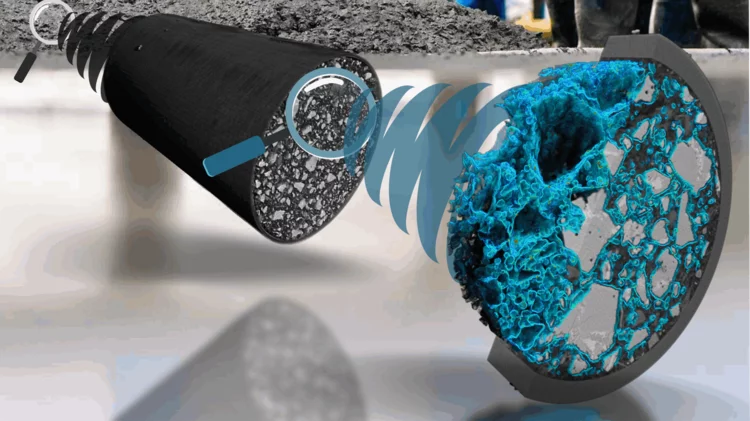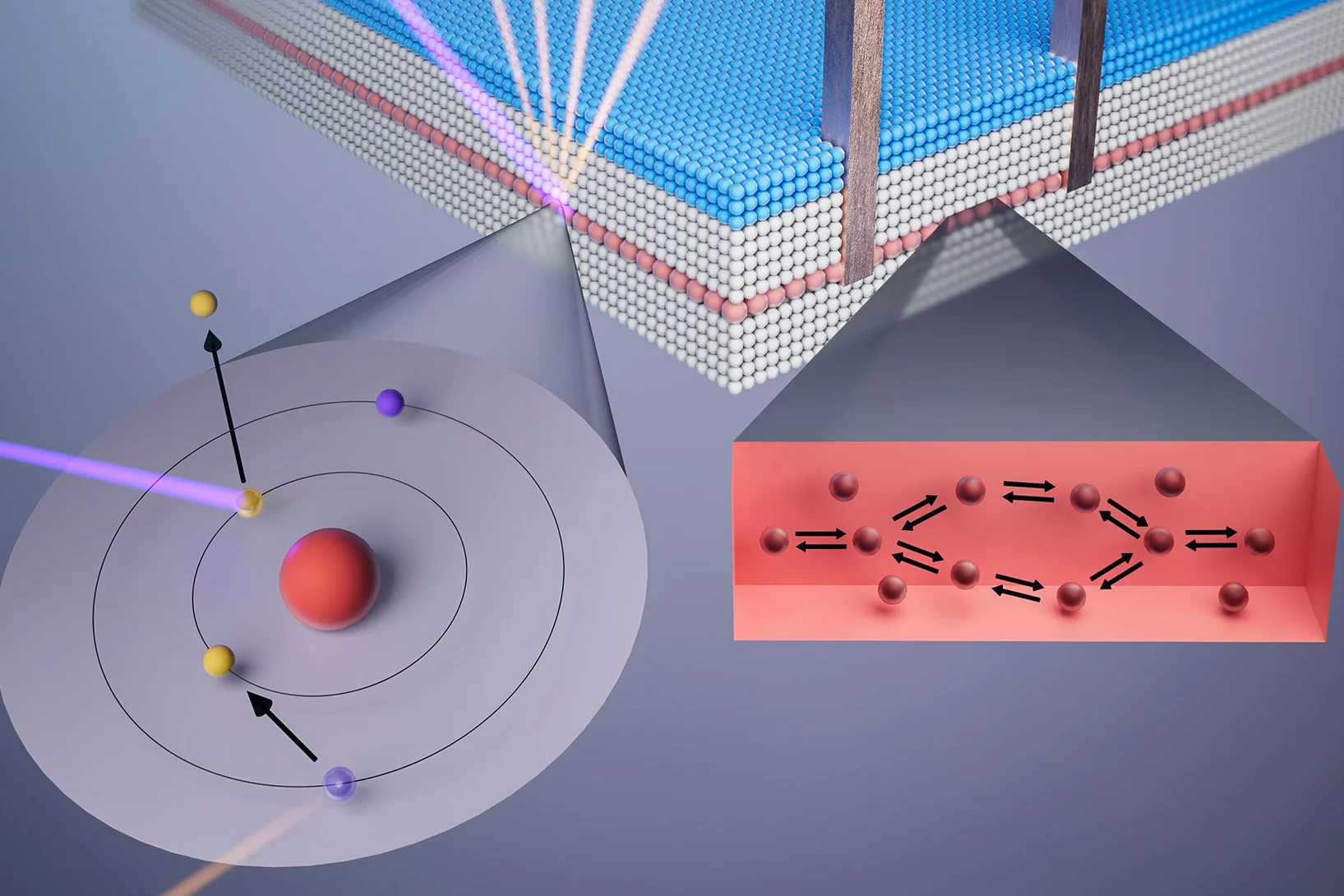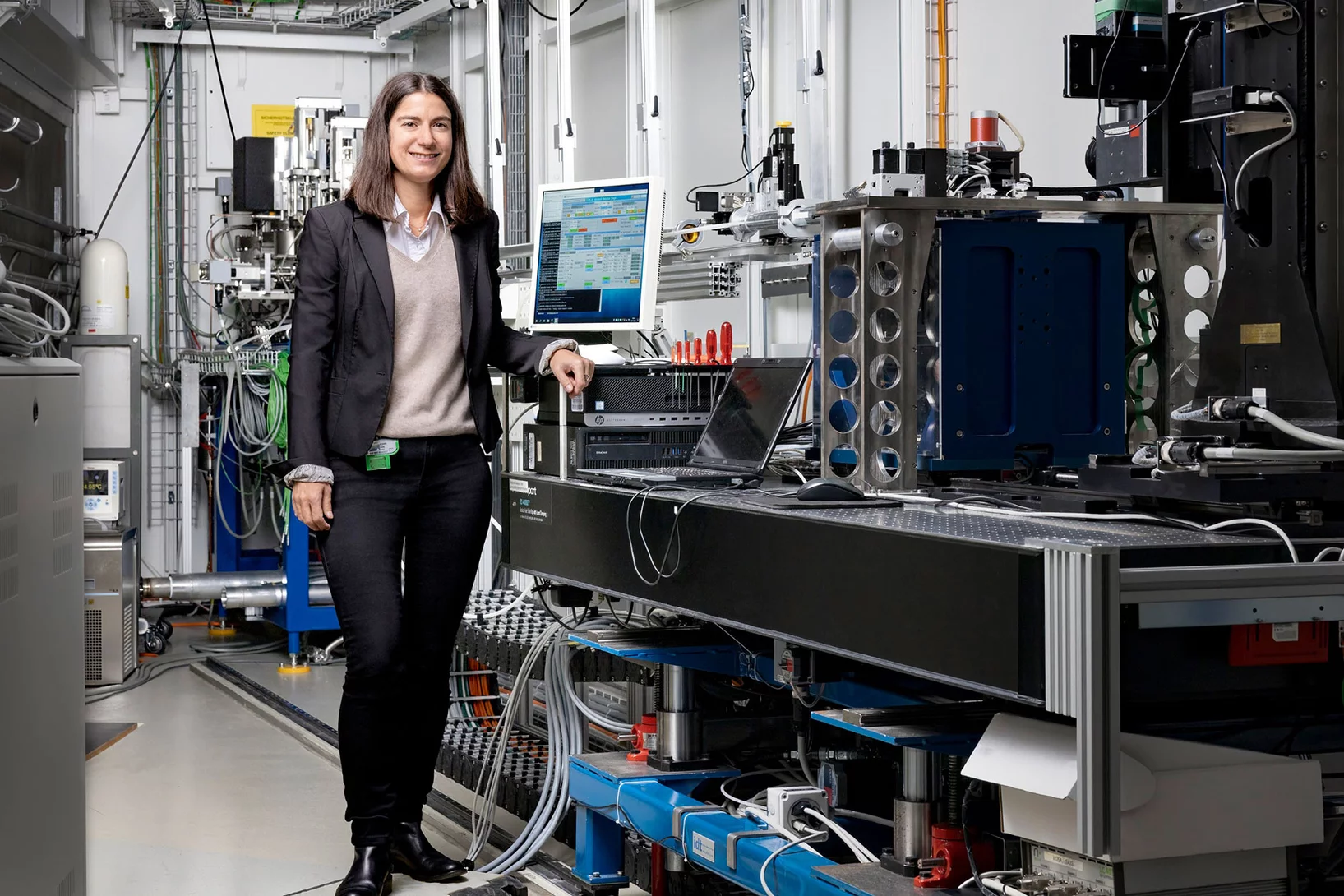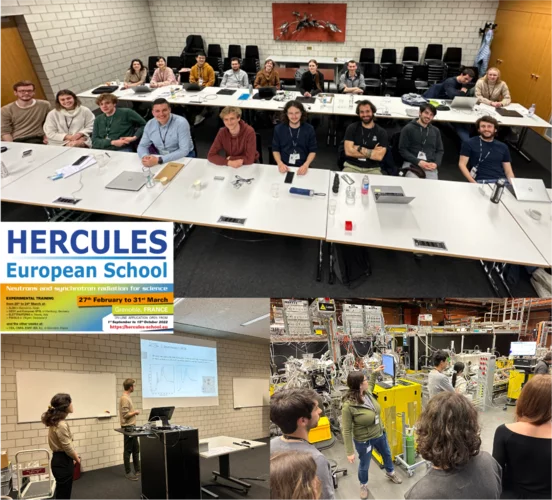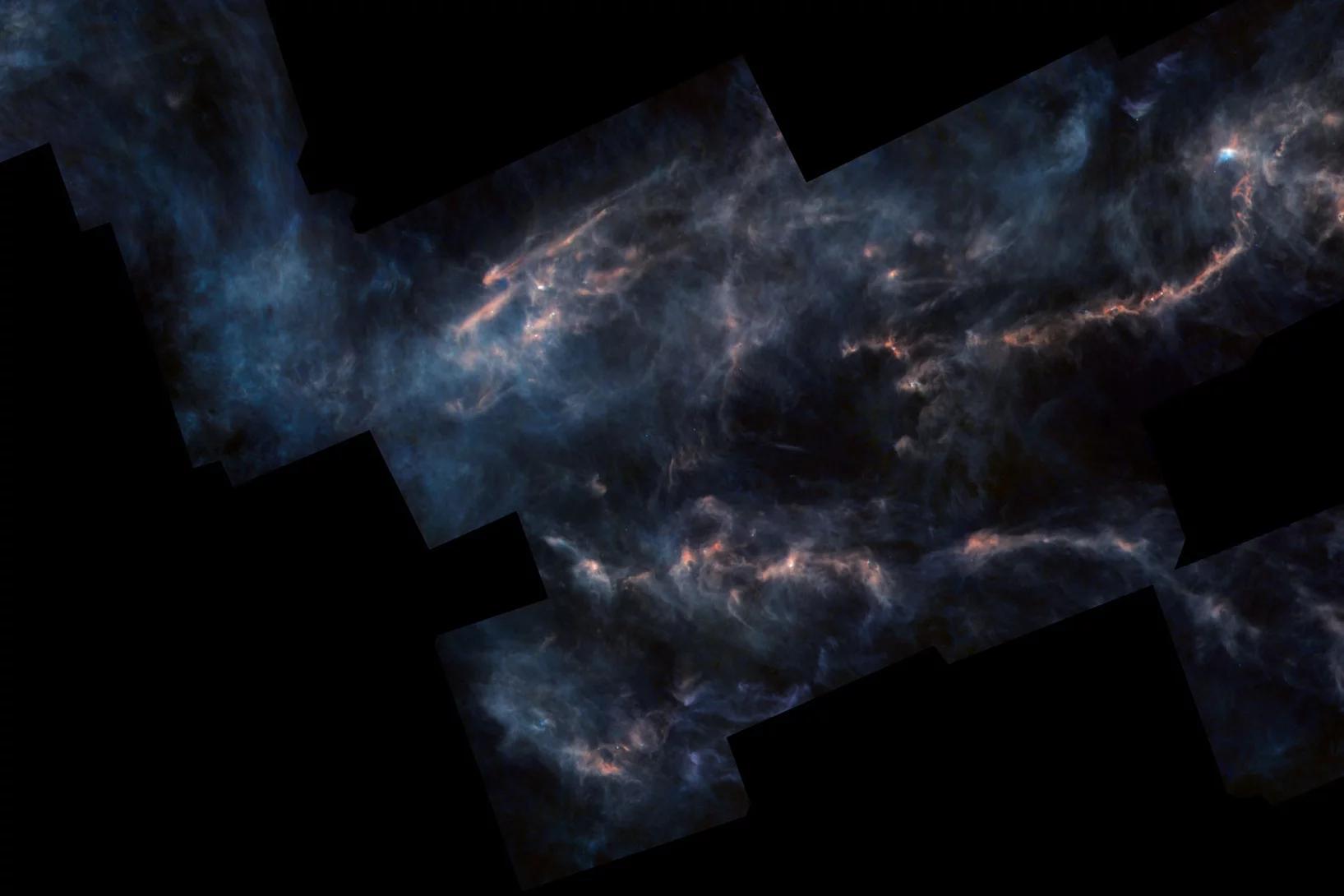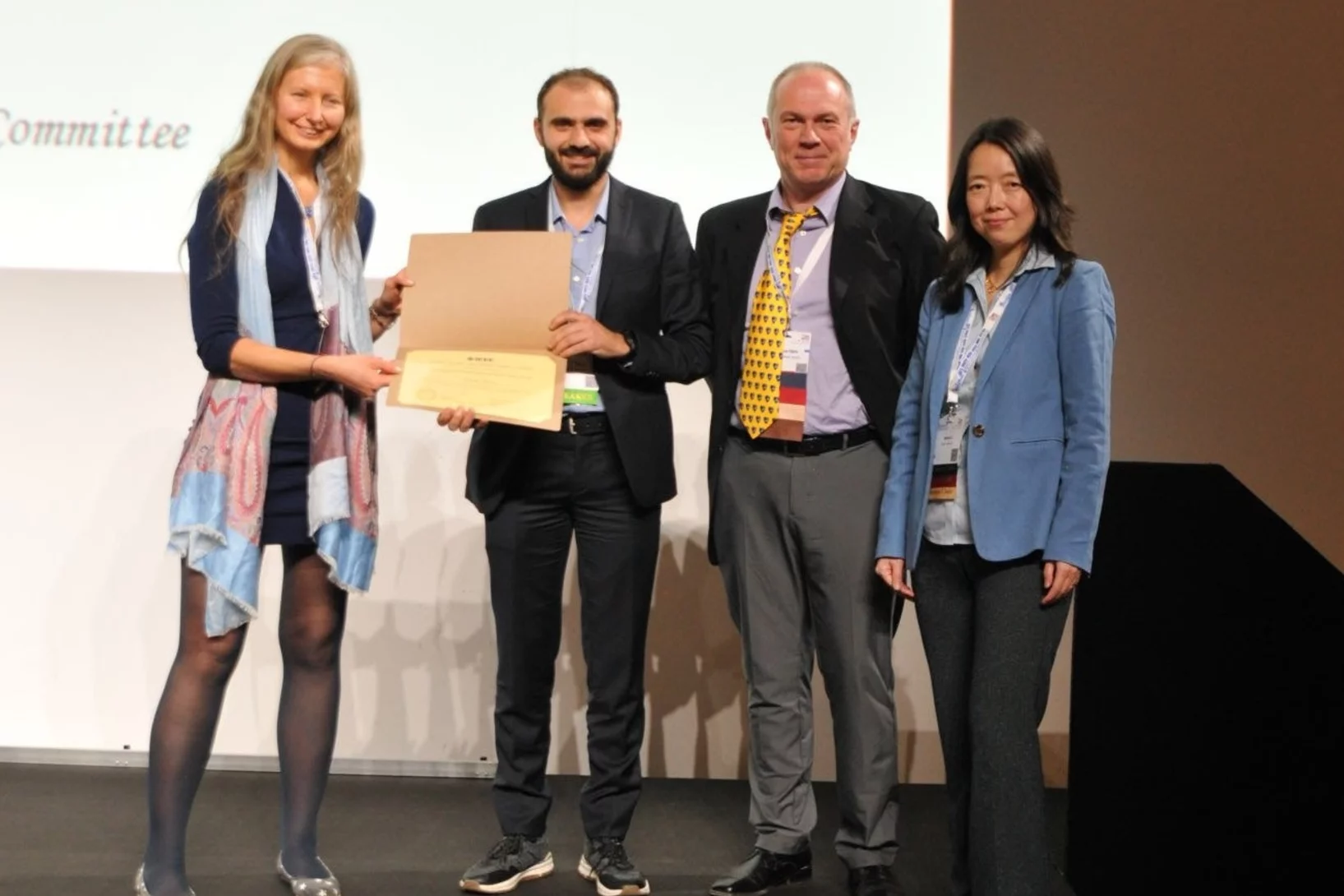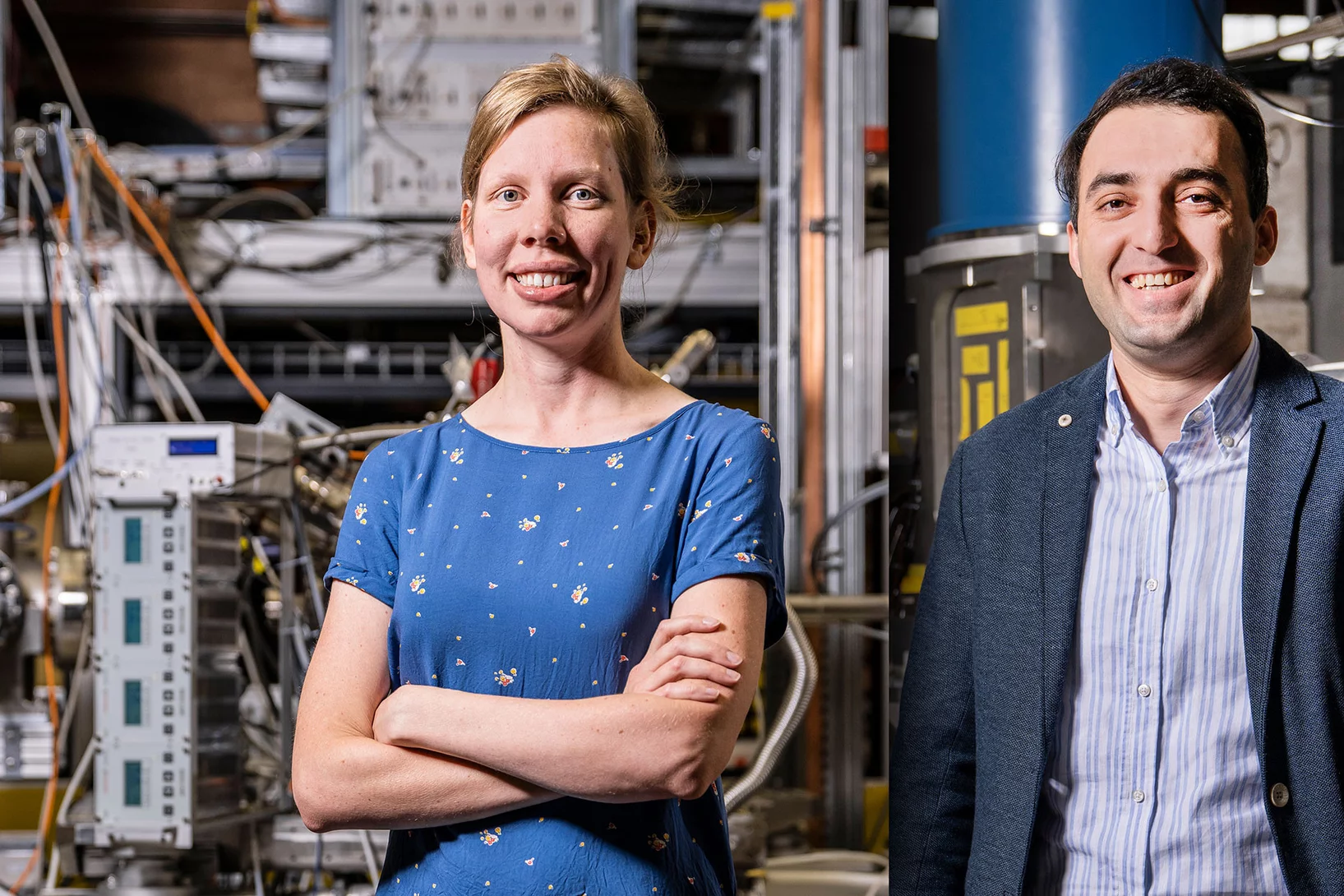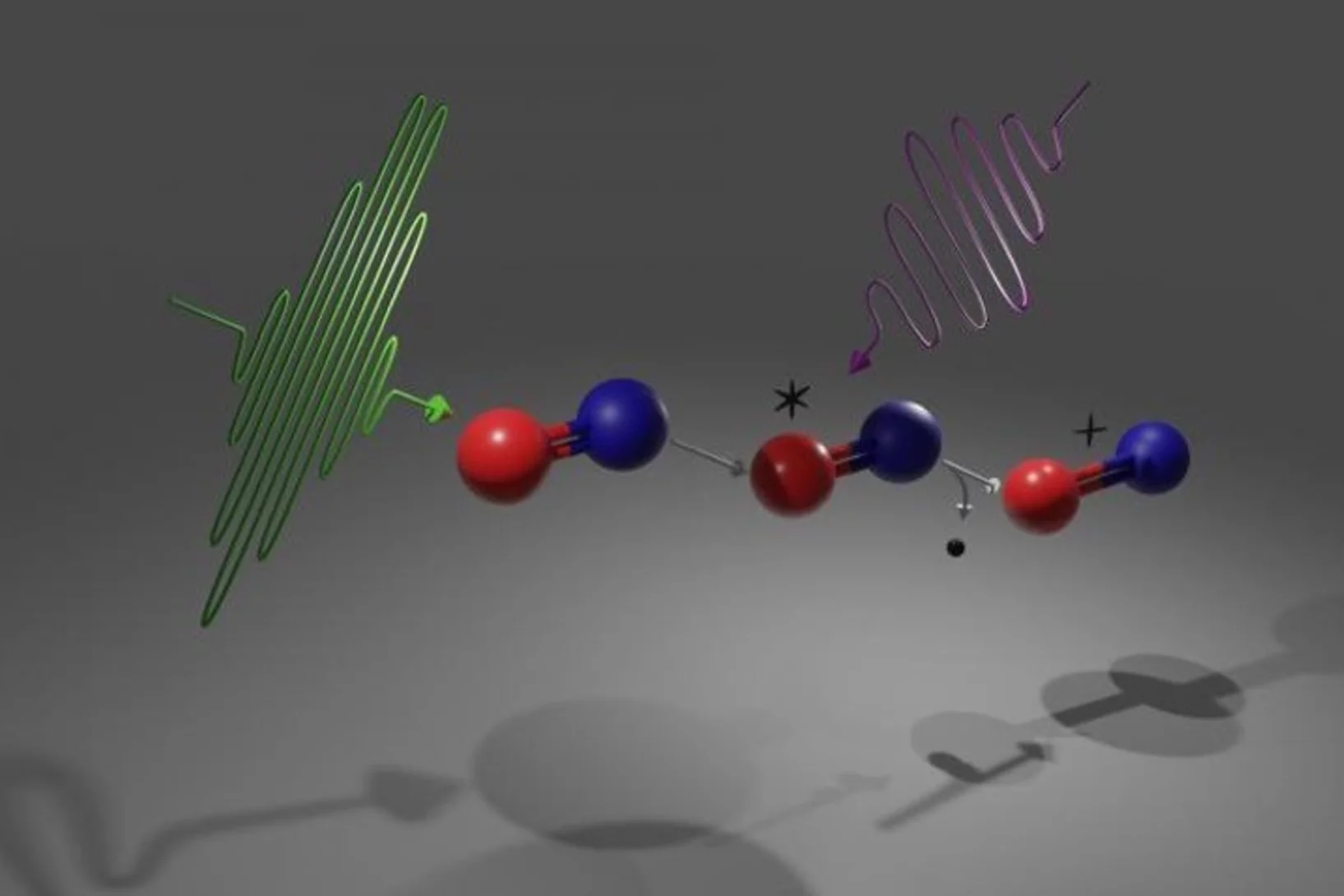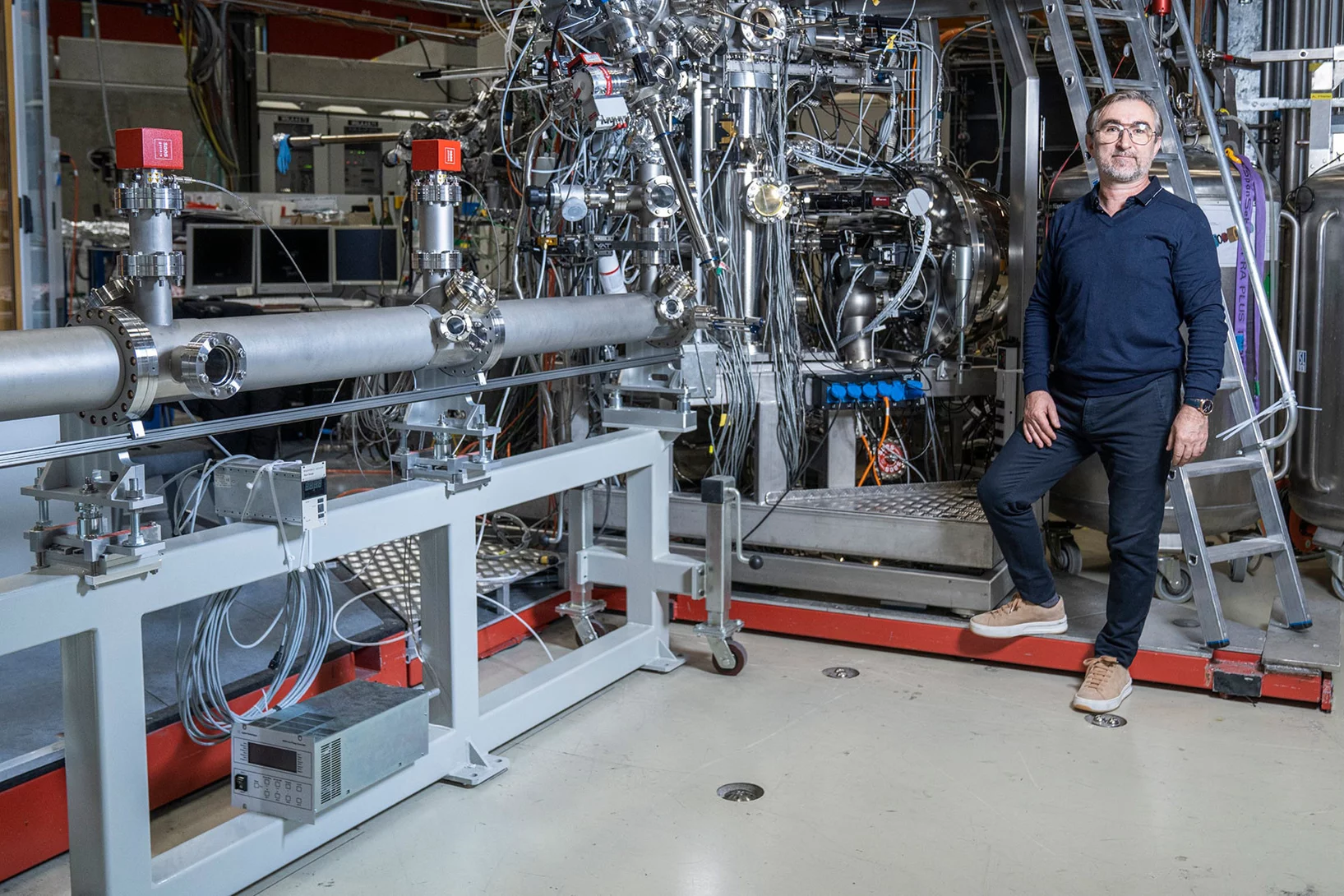Open Quantum Institute launch
Dr. Cornelius Hempel, head of the Ion Trap Quantum Computation group at LNQ’s ETHZ-PSI Quantum Computing Hub, spoke to SRF to explain how quantum computers work and how future versions of these devices can be used to solve some of the big problems of our time.
Whitlockite in mammary microcalcifications is not associated with breast cancer
Microcalcifications, small deposits of calcium-containing minerals that form in breast tissue, are often, but not always, a warning sign of breast cancer. The relationship between microcalcifications and cancer has not been fully understood thus far. Researchers discovered now that the relationship between microcalcifications and tumors seems to be linked to the presence of a particular mineral called whitlockite, which is rich in magnesium and is found in microcalcifications only in the absence of tumors.
SLS 2.0: Für den Umbau pausiert das Licht
Im Zuge eines grossen Upgradeprojekts wird die SLS vorübergehend abgeschaltet.
3-D-Einblicke in neuartiges Fertigungsverfahren
Mit 3-D-Druck komplexe Formen herstellen
Unveiling ultra-thin electron liquids in silicon
Soft X-rays enable scientists to visualise non-invasively the electronic properties of ultra-thin dopant layers buried within semiconductor wafers.
«Molekülketten könnten interessant sein für die Elektronik der Zukunft»
Christian Wäckerlin spricht über Grundlagenforschung an aussergewöhnlichen Nanodrähten – und über mögliche Anwendungen.
Brustkrebs früher erkennen
Präzises 3-D-Röntgen kann Brustkrebsvorsorge verbessern.
Eine Metalllegierung wie ein Schwamm
Wenn die Vakuumkammern für das Upgrade SLS 2.0 die richtige Form haben, brauchen sie noch eine besondere Oberflächen-Beschichtung.
Ein sechs Meter hoher Ofen
In der Werkstatt des PSI werden die kompliziertesten Ausführungen der Vakuumkammern für das Upgrade-Projekt SLS 2.0 hergestellt.
Progress of the X06DA-PXIII beamline upgrade: First light in the optics hutch
On June 7, 2023, the PXIII project team successfully shone the first light into the optics hutch at the upgraded X06DA-PXIII beamline. It is an essential first step for testing new hardware and software solutions that will be implemented at SLS2.0.
Tender X-rays show how one of nature’s strongest bonds breaks
Short flashes of an unusual kind of X-ray light at SwissFEL and SLS bring scientists closer to developing better catalysts to transform the greenhouse gas methane into a less harmful chemical.
500 Vakuumkammern für den neuen Ring
Wie die Röhre entsteht, durch die nach dem Upgrade-Projekt SLS 2.0 die Elektronen sausen werden.
Mirror, mirror on the wall…
…. Now we know there are chiral phonons for sure
Neues Verfahren für noch kompaktere Computer-Chips
Forschende des PSI nutzen extremes UV-Licht zur Herstellung winziger Strukturen für die Informationstechnologie.
Ein Algorithmus für schärfere Protein-Filme
Mit einem neu entwickelten Algorithmus lassen sich Messungen an Freie-Elektronen-Röntgenlasern effizienter auswerten.
Dr Christian Wäckerlin is appointed as assistant professor at EPFL
Dr Christian Wäckerlin (*1983), currently Research and Teaching Associate at EPFL and Project Leader at the Paul Scherrer Institute (PSI), as Assistant Professor of Physics in the School of Basic Sciences. Christian Wäckerlin’s research focuses on nanoscience and quantum engineering.
A deep look into hydration of cement
Researchers led by the University of Málaga show the Portland cement early age hydration with microscopic detail and high contrast between the components. This knowledge may contribute to more environmentally friendly manufacturing processes.
Apochromatic X-ray focusing
A team of scientists from the Paul Scherrer Institut, the University of Basel and DESY have demonstrated the first-ever realization of apochromatic X-ray focusing using a tailored combination of a refractive lens and a Fresnel zone plate. This innovative approach enables the correction of the chromatic aberration suffered by both refractive and diffractive lenses over a wide range of X-ray energies. This groundbreaking development in X-ray optics have been just published in the scientific journal Light: Science & Applications.
Quality control of future transistors: Tackling the challenge of looking at atoms buried in silicon without moving them
Tackling the challenge of looking at atoms buried in silicon without moving them
Röntgenblick nach Herztransplantationen
Synchrotronlicht hilft dabei, nach einer Herztransplantation zu beurteilen, ob und wie stark der Körper das neue Organ abstösst.
The Hercules School visits PSI
20 international students visited PSI as part of the renowned Hercules School to learn about our state-of-the-art techniques and methodologies at our large scale facilities.
So entstehen Fussballmoleküle im Weltall
Ein internationales Forscherteam zeigt, wie sich Fullerene im Weltall bilden.
A star is born
Swiss Light Source SLS reveals complex chemistry inside ‘stellar nurseries’
Medikamente mit Licht an- und abschalten
Forschende des PSI drehen einen molekularen Film eines Krebsmedikaments mit Lichtschalter. Das eröffnet neue Einblicke für Wirkstoffentwickler.
IEEE Early Career Award 2022
For contributions to the development of detectors for XFELs and specifically for their verification, characterization, and calibration
Swiss PIC unterstützt die Schweizer Photonik-Industrie
Das Technologietransferzentrum Swiss PIC wird im Park Innovaare angesiedelt sein.
Manuel Guizar-Sicairos appointed as Associate Professor at EPF Lausanne and head of the Computational X-ray Imaging group at PSI
Dr. Manuel Guizar-Sicairos, currently Senior Scientist at PSI, was appointed as Associate Professor of Physics in EPF Lausanne and head of the Computational X-ray Imaging group in PSI.
3,1 Millionen Förderung für neue Forschungsprojekte am PSI
Die beiden PSI-Forschenden Zurab Guguchia und Kirsten Schnorr erhalten vom Schweizerischen Nationalfonds Förderbeiträge von insgesamt 3,1 Millionen CHF für zukunftsweisende Projekte.
Tracking chemical bond changes with element selectivity and in real time
X-ray photoelectron spectroscopy probes the chemical environment in a molecule at a specific atomic site. Now the concept is extended with a site selective trigger to follow chemical bond changes as they occur on the femtosecond time scale.
Neue Materialien für den Computer der Zukunft
Forschende identifizieren und untersuchen Materialverbindungen, deren spezielle Eigenschaften neuartige Mikrochips möglich machen könnten.
